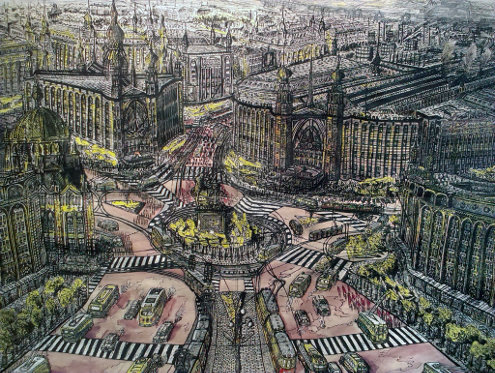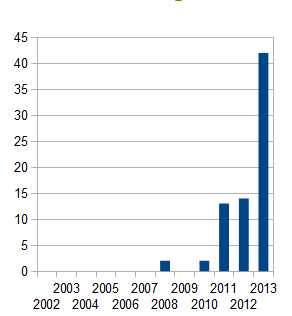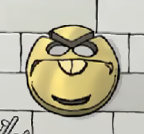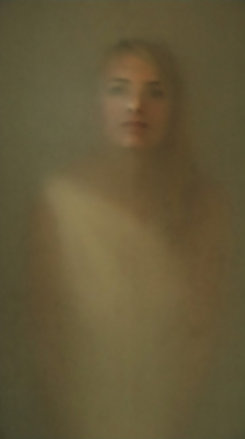The year 2014 was a year of coming to grips with progress and uncovering the past.
Voting booths all over the country were the backdrop for ‘stemfies’, selfies that voters took in spite of voting secrecy. Opponents feared that people would be forced to prove they had voted for the right party and although a court shared their concern, it saw no legal reason to outlaw stemfies.
Rail operators were not allowed to block porn on the publicly funded Wi-Fi on their trains and a hospital had to give a man his amputated leg so he could turn it into a lamp.
Doctors finally figured out how to euthanise psychiatric patients. Euthanasia was legalised in 2002, but the rules of due care made it difficult to decide if psychiatric patients declared their death wish while sound of mind.
Design provides a constant source of puff pieces in newspapers and on aggregator websites, but 24 Oranges took the hard road and reported not only on cool designs, but also on the inevitable failures when design meets reality. Daan Roosegaarde’s glow-in-the-dark roads stopped glowing after the first day when they got wet and a solar-powered bike path cracked at the first sign of frost.
The game show Lingo put TV producer Harry de Winter on the map 25 years ago, and this year was the quiz show’s final season.
The past came alive when somebody recorded Hieronymus Bosch’ buttock music and Shan Kuang, a paintings conservation student at the University of Cambridge, discovered a whale in a 1641 Golden Age painting. In Amsterdam history student Charlotte van den Berg discovered that when a few surviving Jews returned from the Nazi death camps after WWII, the city of Amsterdam presented them with bills and fines for back taxes. The city has promised to at least pay back the fines.
Remember the euro note bridges we wrote about in 2011? This year 24 Oranges went to Spijkenisse and looked at what the bridges look like today.
Happy New Year! We’re going to take a few days off again.
(Photo of Fireworks in Scheveningen by Haags Uitburo, some rights reserved)



 “No, Michael, you are not allowed to sell Mein Kampf. No Paul, I am not going to punish Michael for selling Mein Kampf. Now run along, I’ve got important things to do.”
“No, Michael, you are not allowed to sell Mein Kampf. No Paul, I am not going to punish Michael for selling Mein Kampf. Now run along, I’ve got important things to do.”
 Amsterdam-based entrepreneur Martijn Wismeijer had two NFC chips injected into his hands earlier this month,
Amsterdam-based entrepreneur Martijn Wismeijer had two NFC chips injected into his hands earlier this month,  Last year 42 people with a psychiatric disorder were euthanized in the Netherlands.
Last year 42 people with a psychiatric disorder were euthanized in the Netherlands.
 I went to check out a small art fair today that I was told had photos by Danielle van Zadelhoff (not the exhibition
I went to check out a small art fair today that I was told had photos by Danielle van Zadelhoff (not the exhibition
Woman trolls offline, bad mistake!
Cristel was known to be a respectable woman, living a model life with her husband and dog in a detached house. However, behind those immaculate walls, AD says, the 51-year-old was busy writing letters to her neighbours signed with “a mother of three children” and “the group” in which she told the recipients that they were ugly, had ugly faces and big posteriors, and that she hoped their children wouldn’t grow up to be as ugly.
Don’t trash talk my children, a 32-year-old victim must have thought, and she contacted the neighbourhood cop who as it happens had also received hate mail from the same author. The police discovered about 15 people had received hurtful and sometimes threatening letters. Eventually the author was caught on 15 October and confessed immediately.
Last week during a meeting in the village’s only restaurant, ‘T Hoekske, the letter writer apologised to the victims. Her husband told people that his wife is undergoing treatment, although it’s not clear from the newspapers if it’s for her hateful tendencies.
Since none of the victims filed charges, the police won’t prosecute, much to the chagrin of the online peanut gallery who immediately branded her as a lunatic and a terrorist and clamoured for her arrest. This in turn led columnist Luuk Koelman to conclude that the woman’s biggest crime wasn’t writing hate mail, but doing it through the traditional post.
“On Internet forums it is custom to belittle everybody who disagrees with you. In real life the police may hunt you down when you tell a neighbour you think she is ugly. Online you can safely express your desire to see her dead or wracked with cancer. Nobody bats and eyelid at that.”
(Photo by Rijksdienst voor het Cultureel Erfgoed, some rights reserved)
Share this:
Tags: borders, commenters, hate, hate mail, letters, police, policing, post, Zeeland